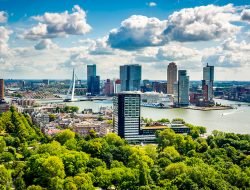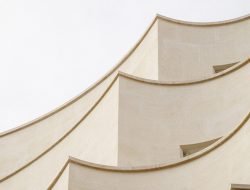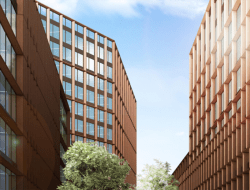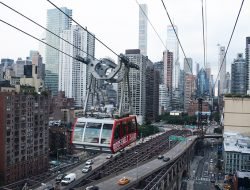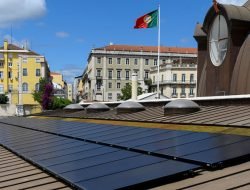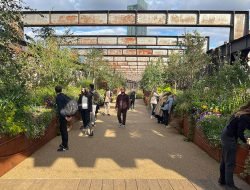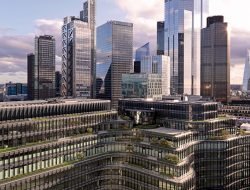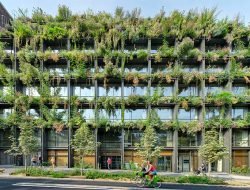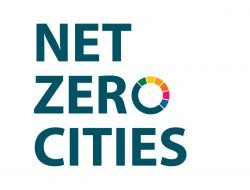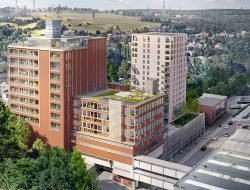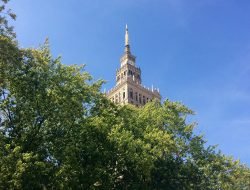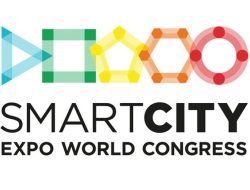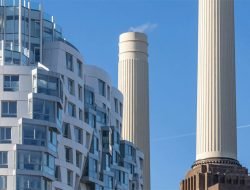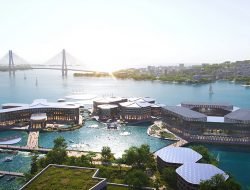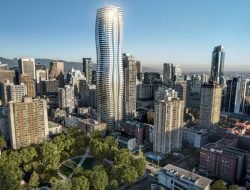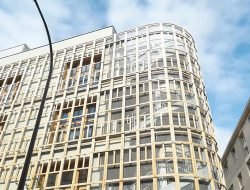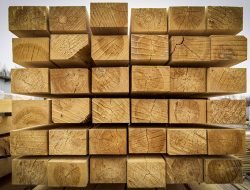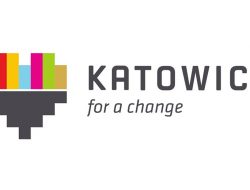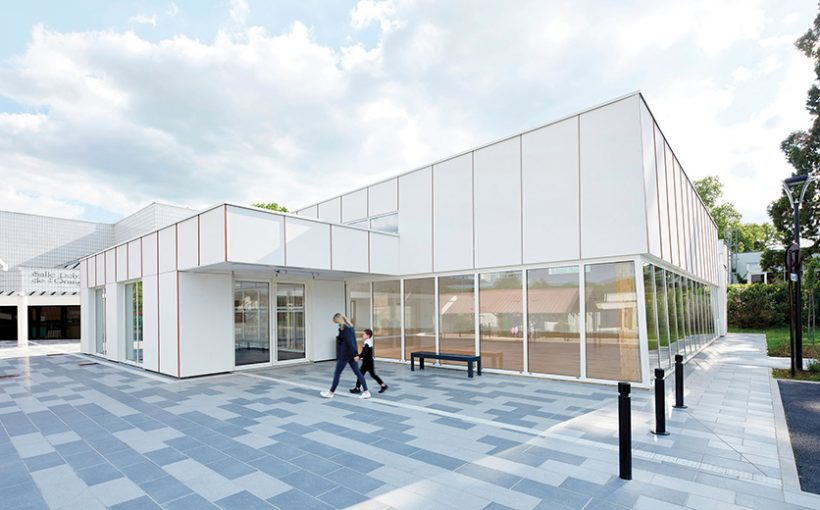Hempcrete is a bio-composite material first used in France in the 1990s, but until recently, building codes and lack of certification made its use essentially impossible in public buildings.
The Pierre Chevet sports hall in Croissy-Beaubourg (east of Paris) is the first public building in France to use this bio-sourced solution. Thanks to this material, the building has achieved exceptional thermal efficiency (coolness in summer, warmth in winter) and acoustics.
The reinforcement of the building walls is filled with hemp concrete blocks made from hemp grown and processed within a radius of 400km around the building site. It is a local, sustainable and healthy solution.
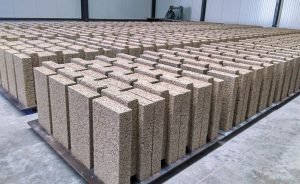
Hempcrete © Vieille Materiaux
But what is it exactly?
Hempcrete (also called “hemplime”) is a combination of two natural products: lime (from the calcination of limestone) and hemp, which is the part of the hemp stalk that remains once the fibre is removed.
The material is usually made in fireproof and durable panels or bricks, which offer good acoustic performance. More importantly: as hemp plants absorb carbon dioxide from the atmosphere as they grow – and they grow quickly – hempcrete is a carbon-negative material.
Tags: bio-based material., hemp concrete, hempcrete, hemplime, sustainable building



